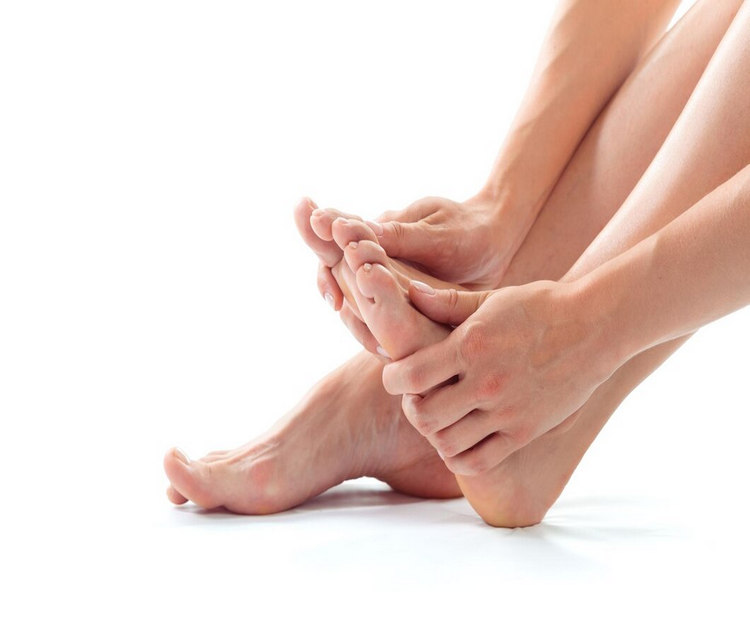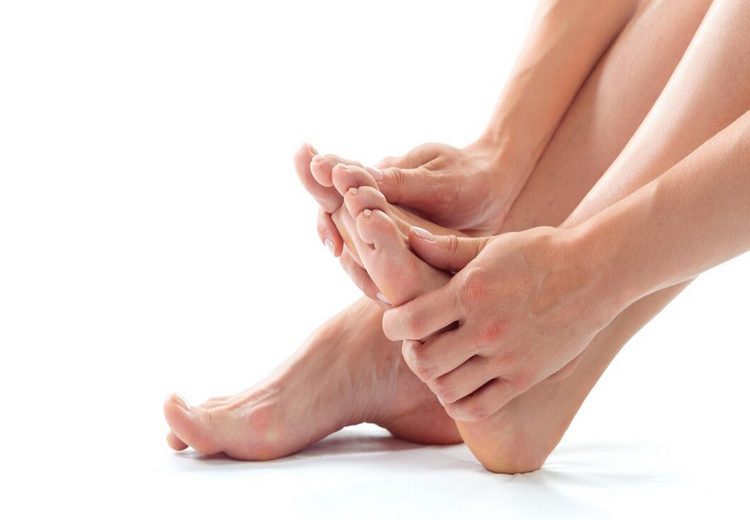
Approximately 2.4% of the global population has a form of peripheral neuropathy. This percentage increases from 5% to 7% as the global population reaches forty-five years of age. As numbers continue to grow, the population has asked,” Can stem cell therapy help the causes of peripheral neuropathy?”
Peripheral Neuropathy Explained
Table of Contents
Peripheral neuropathy encompasses over one hundred conditions affecting the peripheral nerves, which include all nerves outside the brain and spinal cord. For this reason, it is hard to treat, and many times, treatments leave the patient with residual pain, numbness, and discomfort.
Call now to speak to a Stem Cell Specialist
Treatments aimed at the causes of neuropathy are more successful. Stem cell treatments for peripheral neuropathy are successful in this regard.
Connected to your spinal cord and brain the peripheral nerves connect the brain and spinal cord to your internal organs, muscles, and skin. Once these nerves have been damaged, the communication via your brain to these body parts is interrupted. This results in muscle weakness, numbness, tingling, and pain in your arms, hands, feet, and legs.
How Stem Cell Therapy Helps Peripheral Neuropathy
Stem cell’s ability to become any cell and regenerate into specialized cells makes them a terrific treatment option for peripheral neuropathy. They can regenerate damaged nerves and tissue. Stem cell therapy for peripheral neuropathy offers long-term relief of the neuropathy as it addresses the condition’s underlying symptoms while encouraging nerve regeneration.
Regenerative stem cells help restore the myelin sheath (a sleeve of fat and protein that allows electrical impulses to communicate with nerve cells) on the axon (the center of the nerve cell), help the immune system regulate itself, and create new blood cells, thus helping the nerve to start healing.
It needs to be understood that stem cells do not cure peripheral neuropathy, but when used with current treatments, they can provide significant relief to peripheral nerve sufferers. The relief from stem cell therapy for peripheral neuropathy depends on the severity of the neuropathy, the type of neuropathy suffered, and the procedure used. It is essential for you to have a detailed discussion with your healthcare provider before you receive stem cells to ensure it is the correct option for your condition.
Our stem cell specialists at ProgenCell are experts in Autologous stem cells (the person’s stem cells) obtained from their bone marrow.
The Causes of Peripheral Neuropathy
Three categories describe peripheral neuropathy: hereditary peripheral neuropathy, acquired peripheral neuropathy, and idiopathic peripheral neuropathy.
Hereditary Peripheral Neuropathy
Hereditary peripheral neuropathy is the least common form of neuropathy, which is passed down through generations. The most common form is Type 1 Charcot-Marie-Tooth, which starts as early as the teenage and young adult years.
The symptoms include the inability to raise your foot at the ankle joint, also known as drop foot, curled toes, muscle mass loss in your feet and legs, weakness of the ankles, feet, and legs, and higher foot arches. The symptoms result in difficulty running and walking.
Acquired Peripheral Neuropathy
Environmental factors that cause acquired peripheral neuropathy include infection, illness, toxins, and trauma. These factors include alcoholism, diabetes (the most familiar cause), AIDS, Lyme disease and shingles, some rare hereditary diseases, low vitamin levels via poor nutrition, conditions that cause the body to attack the immune system, nerves damaged by aggressive trauma, cancer, and chemotherapy treatments, thyroid and kidney disease, and medications.
Idiopathic Peripheral Neuropathy
Your physician may refer to your peripheral neuropathy as idiopathic when there is not a specific cause. This often happens in 50% of peripheral neuropathy cases.
Peripheral Neuropathy Triggered by Food
If you have a condition that predisposes you to peripheral neuropathy or have been diagnosed with the condition itself, eating a healthy diet that supports nerve health may help improve the condition, especially if your diagnosis is new!
Limit your intake or avoid these foods: Alcohol in any form, trans and saturated fats. Gluten should be avoided if you are diagnosed with Celiac disease or are sensitive to gluten. Eat natural foods and whole grains to avoid processed foods with higher sodium levels, preservatives, and artificial additives.
Refined sugar is one of the biggest contributors to peripheral neuropathy, as evidenced by diabetes mellitus type 2. Avoiding foods high in refined sugars will decrease high blood sugar, which increases diabetic neuropathy. Fruit is full of natural sugar and a healthier, low-sugar option!
Vitamin B12 is a must to maintain healthy nerves. Vegans and consumers of plant-based diets do not get the vitamin B12 from animal products. It is essential that you take a B12 supplement.
Not everyone is a candidate for stem cell therapy. Only our specialists can determine if you are suitable for this treatment through detailed analyses and evaluations. We offer the same high-quality stem cells used in procedures in the United States at a cost-effective value. Improve your life with stem cell therapy. Start by filling out our evaluation form and consulting with one of our stem cell therapy specialist today! Ask for more information about stem cell therapy for knees, stem cell treatment for heart failure, stem cell therapy for liver, stem cell treatment for multiple sclerosis and more.










